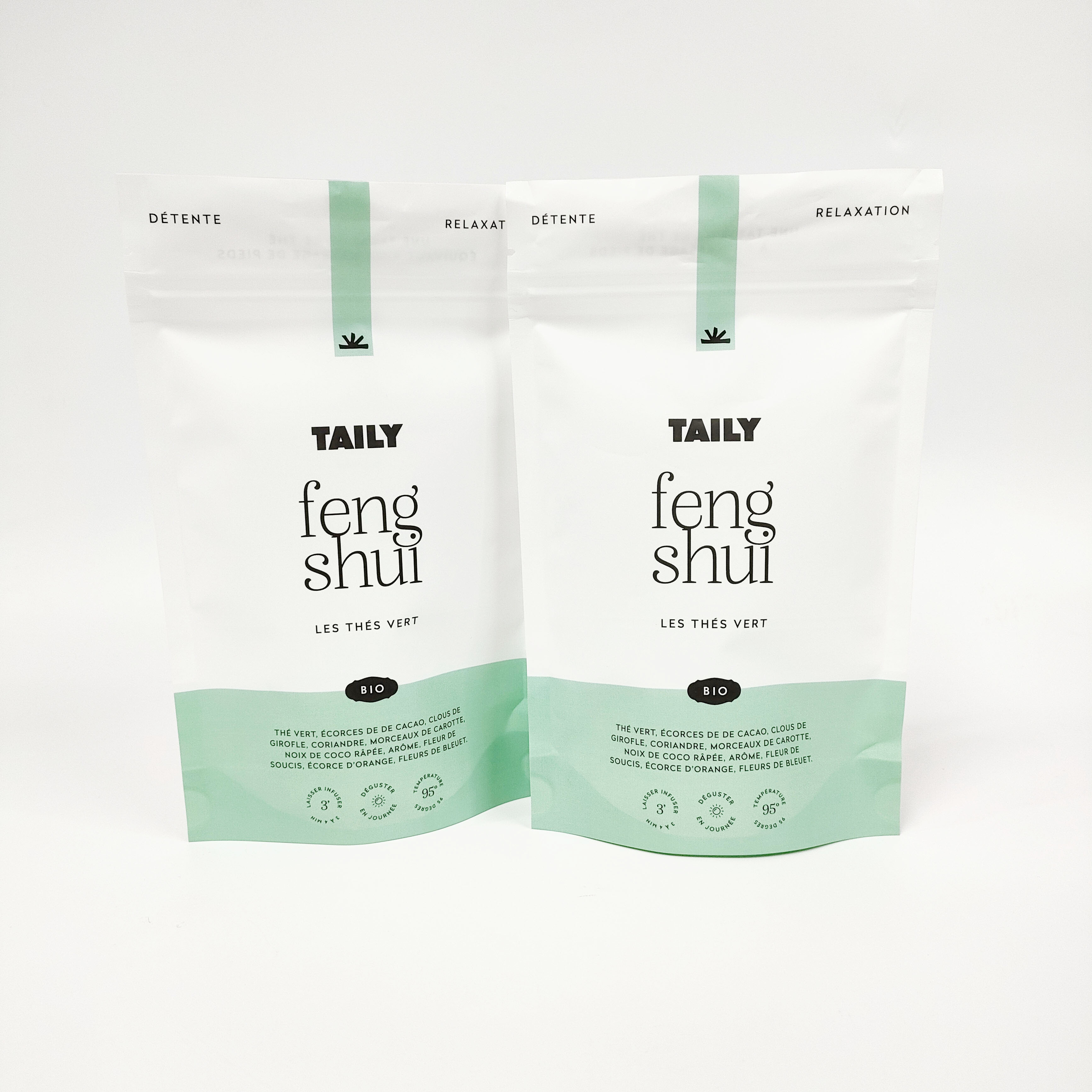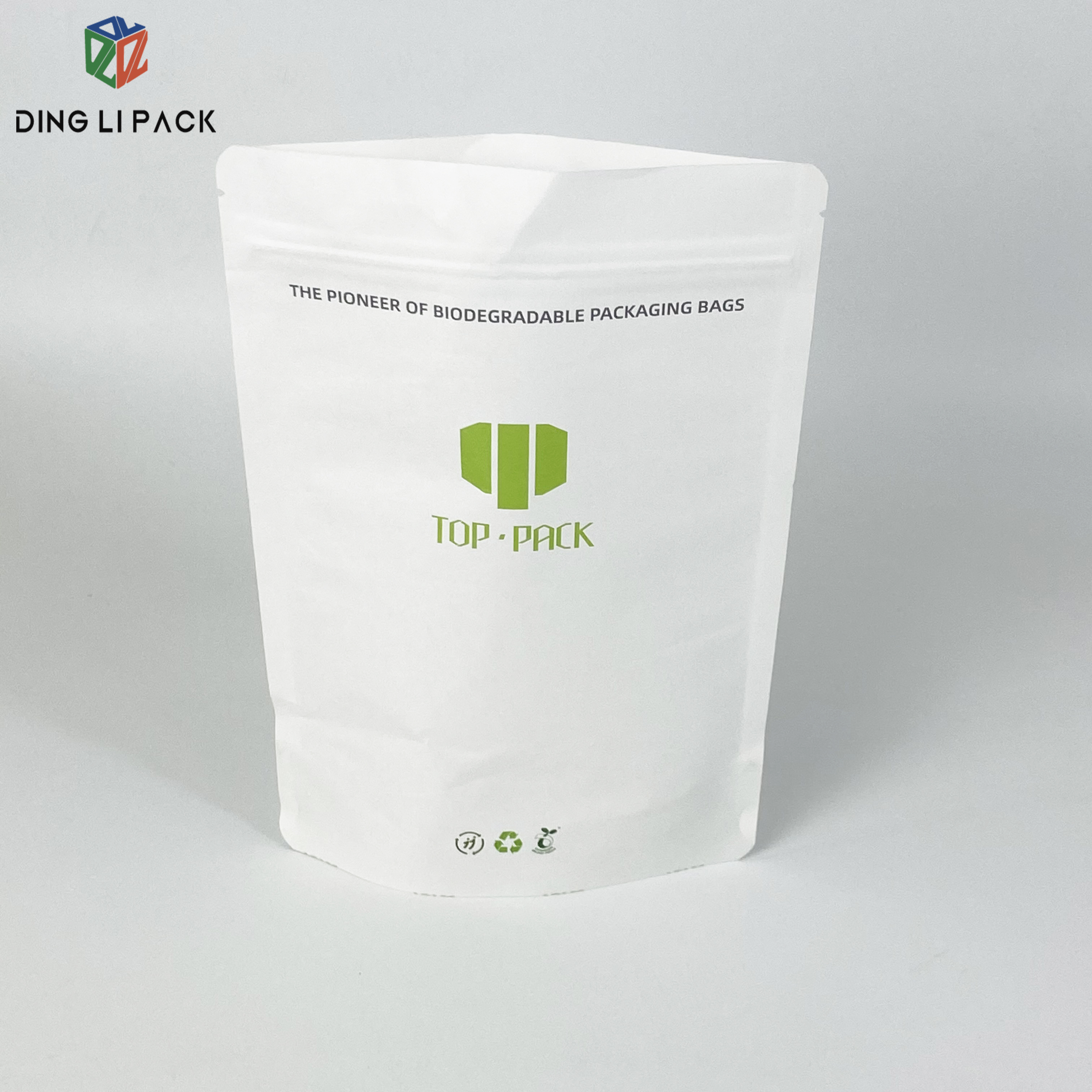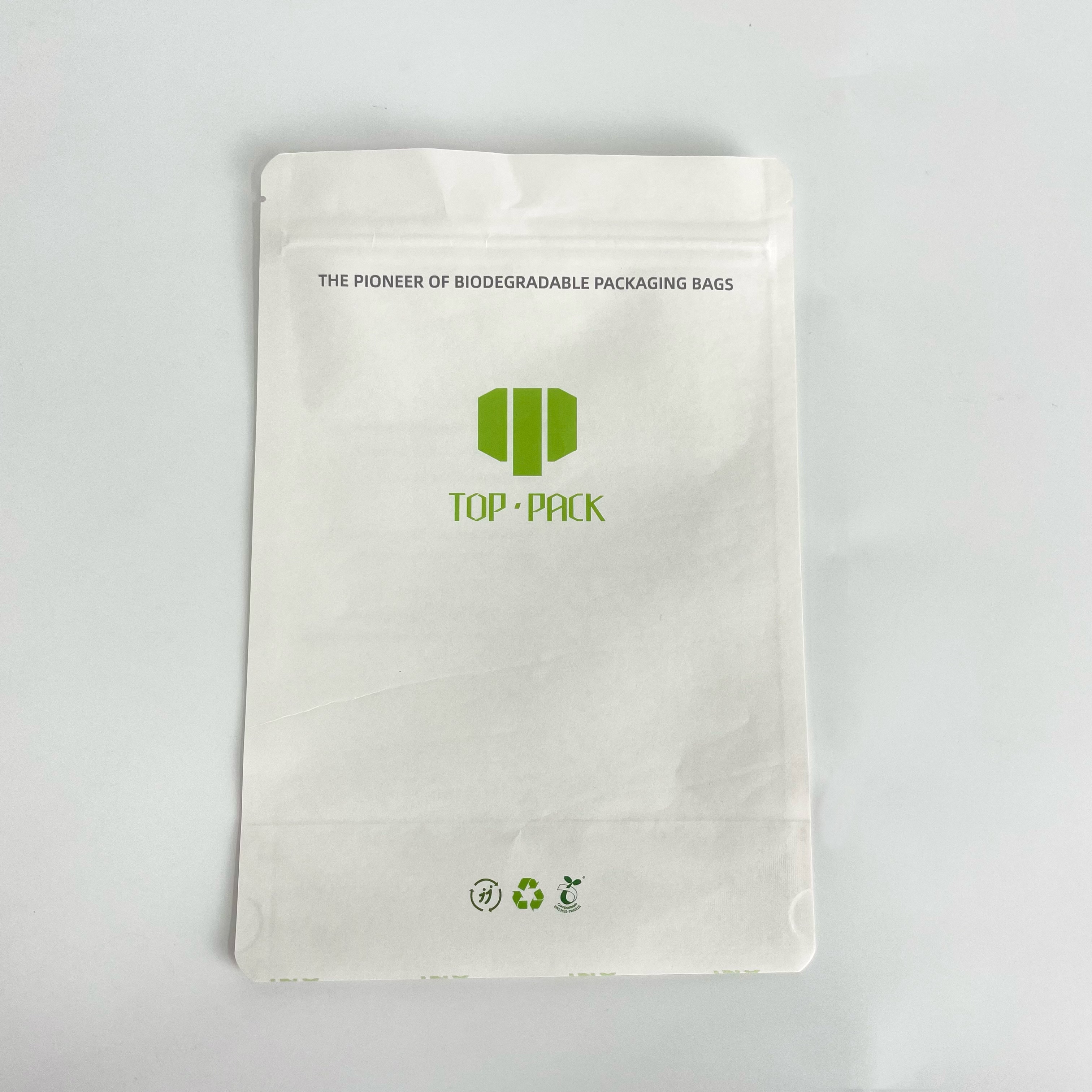The popularity of green products and consumer interest in packaging waste has prompted many brands to consider turning their attention to sustainability efforts like yours.
We have good news. If your brand currently uses flexible packaging or is a manufacturer that uses reels, then you are already choosing eco-friendly packaging. In fact, the production process of flexible packaging is one of the most “green” processes.
According to the Flexible Packaging Association, flexible packaging uses less natural resources and energy to manufacture and transport, and emits less CO2 than other packaging types. Flexible packaging also extends the shelf life of internal products, reducing food waste.
In addition, digitally printed flexible packaging adds further sustainable benefits, such as reduced material usage and no foil production. Digitally printed flexible packaging also produces fewer emissions and less energy consumption than conventional printing. Plus it can be ordered on demand, so the company has less inventory, minimizing waste.
While digitally printed bags are a sustainable choice, digitally printed reusable bags take an even bigger step towards being environmentally friendly. Let's dig a little deeper.
Why reusable bags are the future
Today, recyclable films and bags are becoming more and more mainstream. Foreign and domestic pressures, as well as consumer demand for greener options, are causing countries to look at waste and recycling problems and find viable solutions.
Packaged goods (CPG) companies are also supporting the movement. Unilever, Nestle, Mars, PepsiCo and others have pledged to use 100% recyclable, recyclable or compostable packaging by 2025. The Coca-Cola Company even supports recycling infrastructure and programs across the US, as well as increasing the use of recycling bins and educating consumers.
According to Mintel, 52% of US food shoppers prefer to buy food in minimal or no packaging to reduce packaging waste. And in a global survey conducted by Nielsen, consumers are willing to pay more for sustainable products. 38% are willing to pay more for products made from sustainable materials and 30% are willing to pay more for socially responsible products.
The rise of recycling
As CPG supports this cause by pledging to use more returnable packaging, they also support programs to help consumers recycle more of their existing packaging. Why? Recycling flexible packaging can be a challenge, but more education and infrastructure for consumers will make change much easier. One of the challenges is that plastic film cannot be recycled in curbside bins at home. Instead, it should be taken to a drop-off location, such as a grocery store or other retail store, to be collected for recycling.
Unfortunately, not all consumers know this, and a lot of stuff ends up in curbside recycling bins and then landfills. The good news is that there are many websites that help consumers learn about recycling, such as perfectpackaging.org or plasticfilmrecycling.org. They both allow guests to enter their zip code or address to find their nearest recycling center. On these sites, consumers can also find out what plastic packaging can be recycled, and what happens when films and bags are recycled.
Current selection of recyclable bag materials
Ordinary food and beverage bags are notoriously difficult to recycle because most flexible packaging is composed of multiple layers and is difficult to separate and recycle. However, some CPGs and suppliers are exploring removing certain layers in certain packaging, such as aluminum foil and PET (polyethylene terephthalate), to help achieve recyclability. Taking sustainability even further, today many suppliers are launching bags made from recyclable PE-PE films, EVOH films, post-consumer recycled (PCR) resins and compostable films.
There are a range of actions you can take to address recycling, from adding recycled materials and using solvent-free lamination to switching to fully recyclable bags. When looking to add recyclable films to your packaging, consider using eco-friendly water-based inks commonly used to print recyclable and non-recyclable bags. The new generation of water-based inks for solvent-free lamination are better for the environment and they work just as well as solvent-based inks.
Connect with a Company that Offers Recyclable Packaging
As water-based, compostable and recyclable inks, as well as recyclable films and resins, become more mainstream, reusable bags will continue to be a key driver in promoting flexible packaging recycling. At Dingli Pack, we offer 100% Recyclable PE-PE High Barrier Film and Pouches that are HowToRecycle drop-off approved. Our solvent-free lamination and water-based recyclable and compostable inks reduce VOC emissions and significantly reduce waste.
Post time: Jul-22-2022










